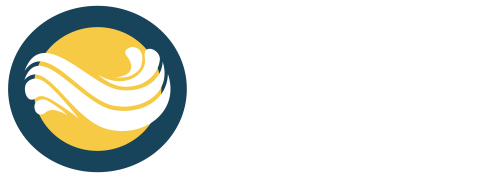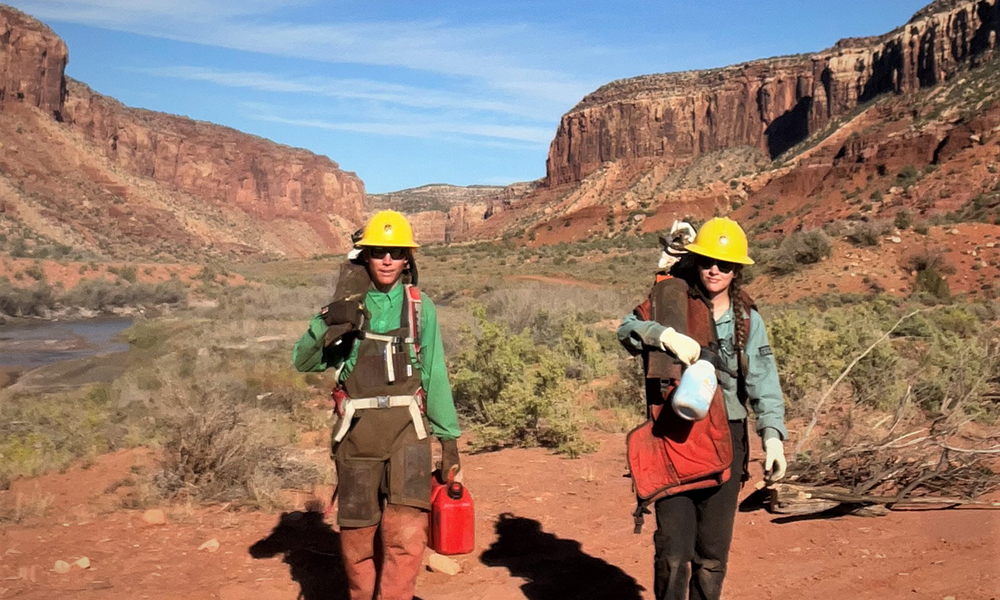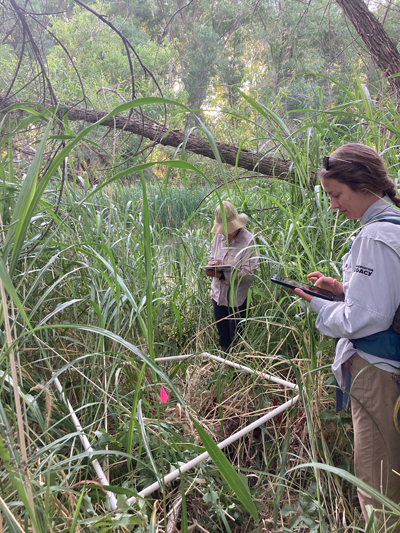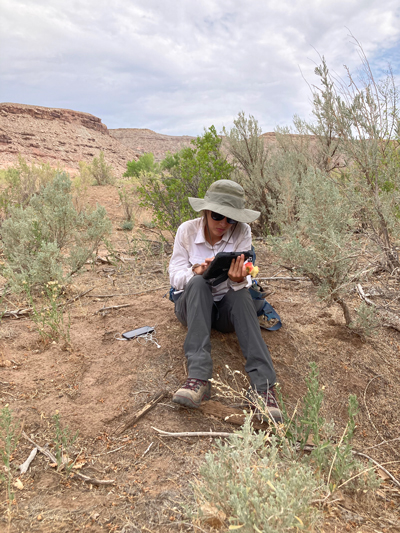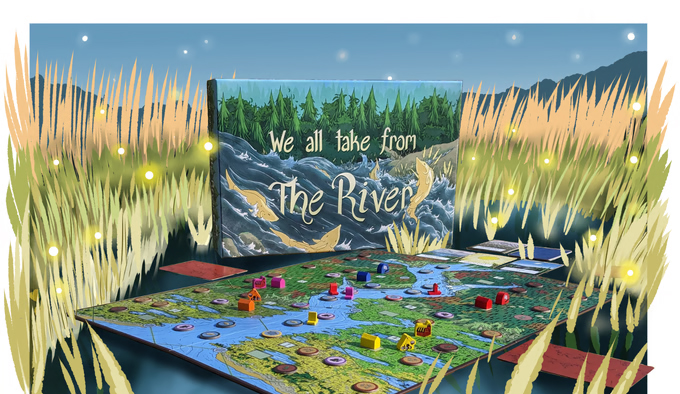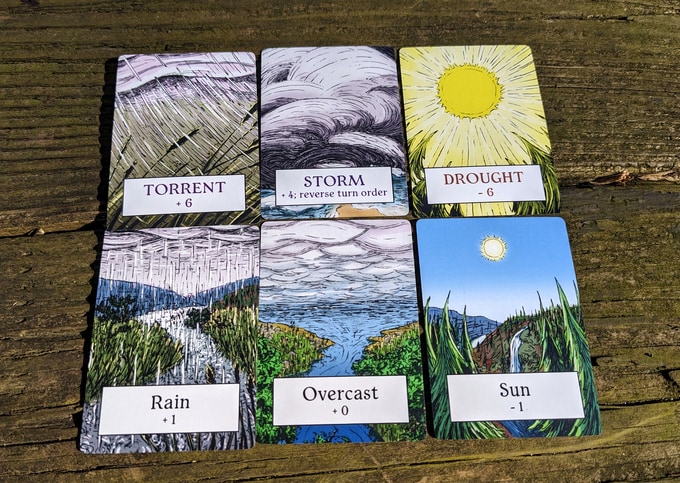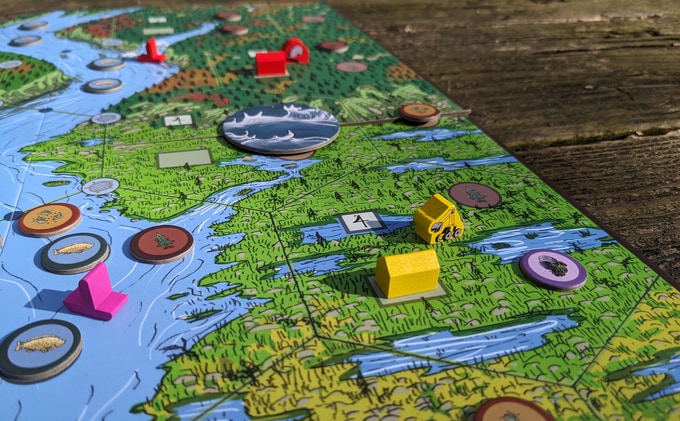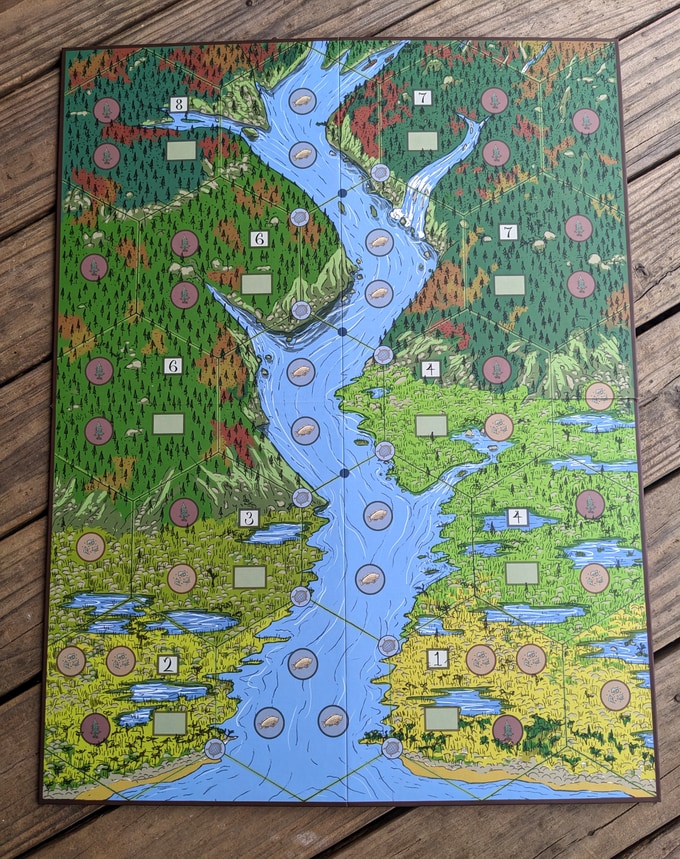Rivers Offer Relief from Daily Stress, Boost Mental Health
Rivers Offer Relief from Daily Stress,
Boost Mental Health

Photo provided by Colorado Canyons Association
As summer winds down and school starts back up, it’s a time of change for many. “I love the fall,” notes Cindy Hester, a teacher at Sopris Elementary School. “But kids can find the transition back to school stressful, and this often impacts the entire family.”
The good news is that spending time in blue space is a natural remedy for stress and anxiety, and our partnerships with community groups in the Four Corners region are showing benefits. Research shows that spending time near streams, rivers and lakes can reduce restlessness, increase vitamin D levels and improve overall well-being.
“Being on the river helps clear my mind like nothing else,” said Jaime Fiske, owner of SUP Marble and a Carbondale resident who regularly paddleboards on the Roaring Fork River. “It’s my go-to stress reliever”.
Research proves it. “Being near, water can be one of the most effective ways to reduce anxiety in children. The sight and sound of water triggers a calm and meditative state, helping children to feel more relaxed, centered, and even happier,” explains Dr. Nichols, whose research explores the neurological and psychological benefits of water environments.
That’s why access to rivers is so important. The gentle sounds of flowing rivers, coupled with the natural beauty of areas along the water, create an ideal environment for relaxation and reflection.
Working to enhance water access
Yet, as important as access to rivers is, many communities don’t have safe, welcoming or convenient ways to experience it. That’s starting to change as groups like the Colorado Canyons Association in Grand Junction, Colorado, provide low-cost or free rafting trips to teach kids ages 10 to 20 about freshwater ecology and water in the West. Along the way, kids get the chance to release stress and build confidence in the outdoors.
The Association’s executive director Chris Herrman notes the transformative effect these experiences have. “We see kids arrive stressed and glued to their phones,” Chris said. “By the end of the trip, they’re more relaxed, enjoy more engaging conversations with each other and have a new appreciation for rivers. It’s not just a one-time thing”—it continues off the river, too”.
Jaime agrees. “Rivers don’t play favorites. Whether you are an angler, paddler or just love to watch the sunset over your favorite lake just being near blue spaces benefits your mental health.”
We hope this month you can take peaceful strolls along your local blue spaces, enjoying the sights and sounds of water in motion. From the headwaters to the desert, rivers and streams are an excellent way to celebrate nature and take care of yourself, too.
